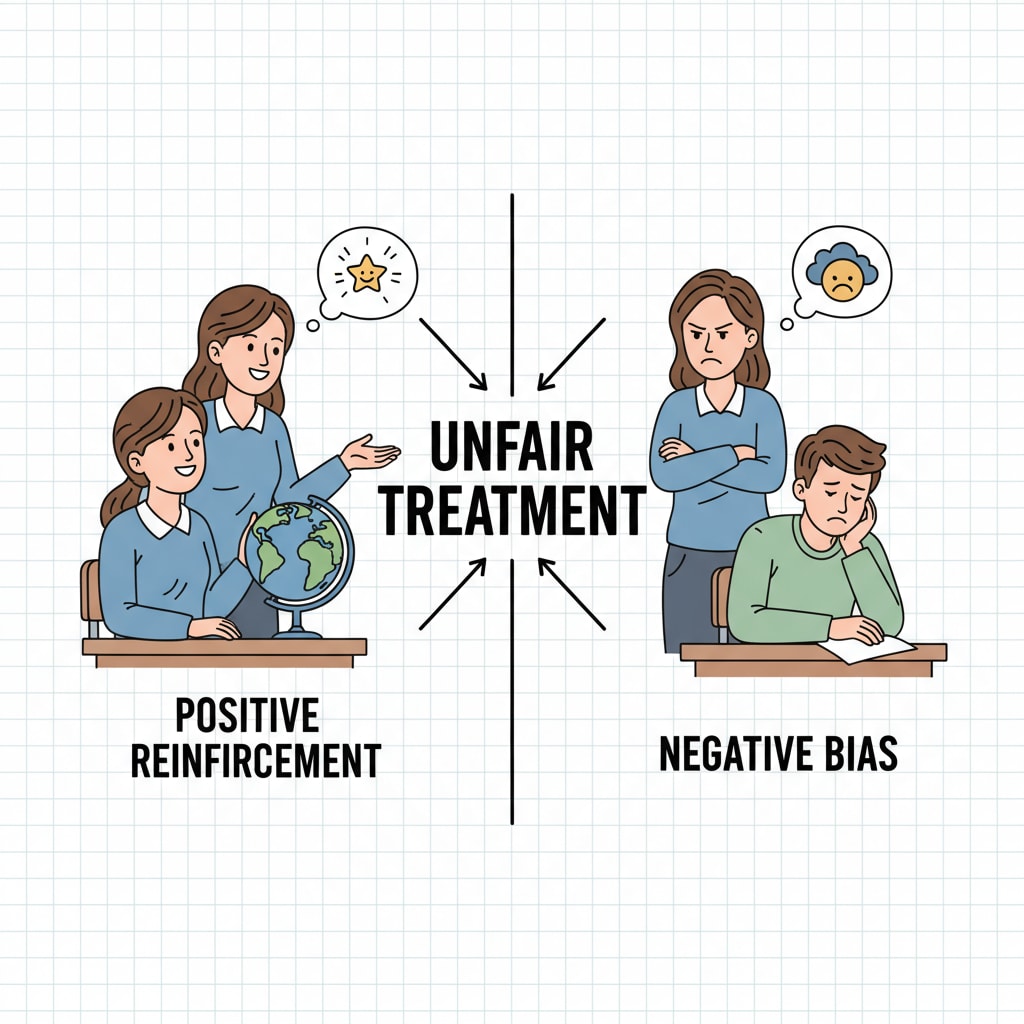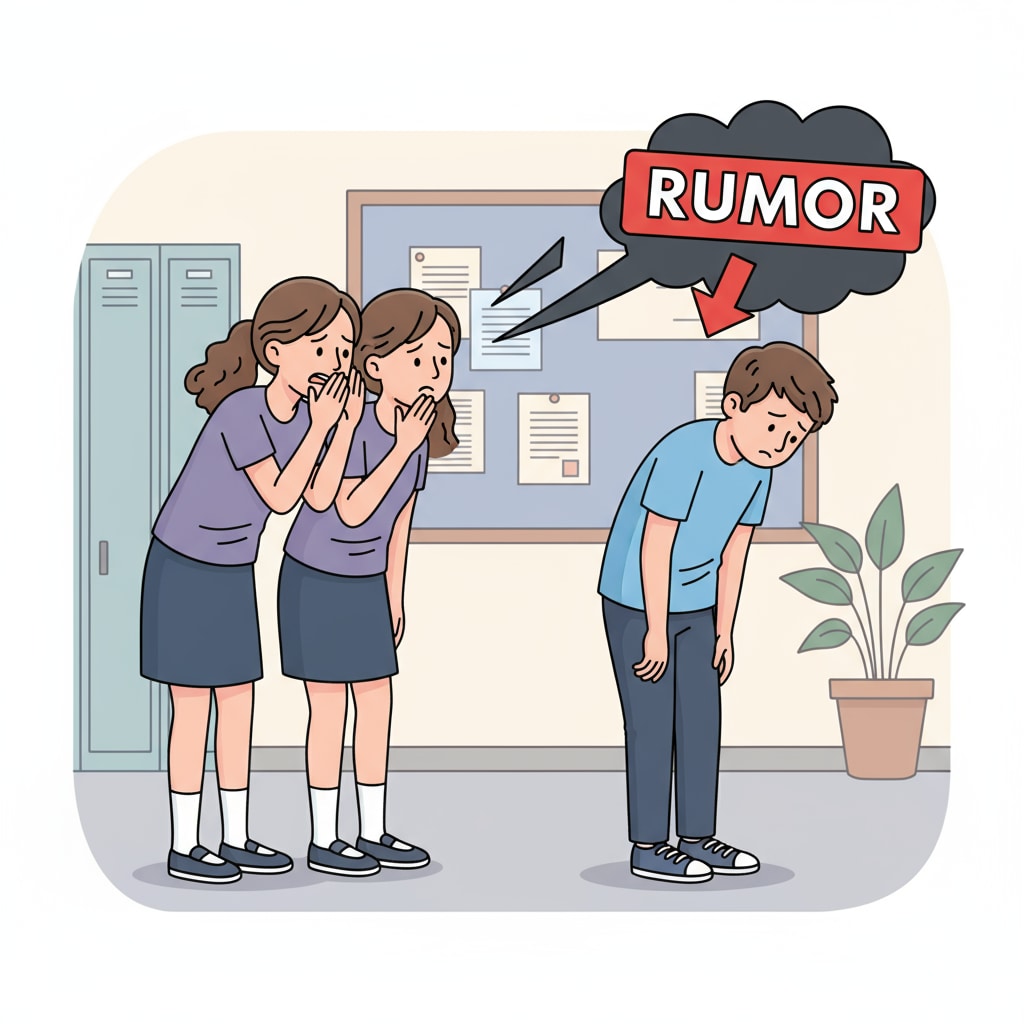Unfair treatment, rumors, and labeling are issues that cast a long shadow over the K12 educational landscape. In schools, when teachers treat students unjustly, it often leads to the harmful practice of labeling students, which can have far-reaching consequences.
The Origins of Unfair Treatment
Unfair treatment in schools can stem from various sources. Sometimes, teachers may have preconceived notions about certain students based on their appearance, family background, or past academic performance. For example, a teacher might assume that a student from a disadvantaged family is less likely to succeed academically. This bias then translates into unequal treatment, such as giving less attention or providing fewer opportunities for that student. According to the National Education Association, these biases can create an unjust environment where students start to be labeled unfairly.

The Spreading of Rumors and Its Role in Labeling
Rumors play a significant role in the process of student labeling. Once a teacher’s unfair treatment is noticed, rumors can quickly spread among students. These rumors can distort the truth and further solidify the negative labels. For instance, if a teacher singles out a student for minor mistakes, other students might start spreading rumors that the student is a “troublemaker.” This false perception then becomes a label that the student has to bear. As stated by the American Psychological Association, stereotypes and rumors often go hand in hand, reinforcing negative views of students.

The long-term effects of being labeled are profound. Labeled students may experience a decline in self-esteem, as they start to believe the negative things said about them. This can lead to a lack of motivation in learning and a decrease in academic performance. In addition, social isolation may occur, as other students may avoid the labeled student due to the rumors. To break this cycle, schools need to take action. Teachers should be trained to recognize and avoid their biases. Open communication channels should be established to address rumors promptly. By doing so, we can work towards creating a fair and inclusive educational environment where students are not unjustly labeled.
Readability guidance: In this article, we’ve explored the complex issue of unfair treatment, rumors, and labeling in K12 education. By understanding the origins and impacts, we can take steps to create a better educational experience for all students. Short paragraphs and clear lists have been used to enhance readability, and transitions have been added to make the flow smooth.


